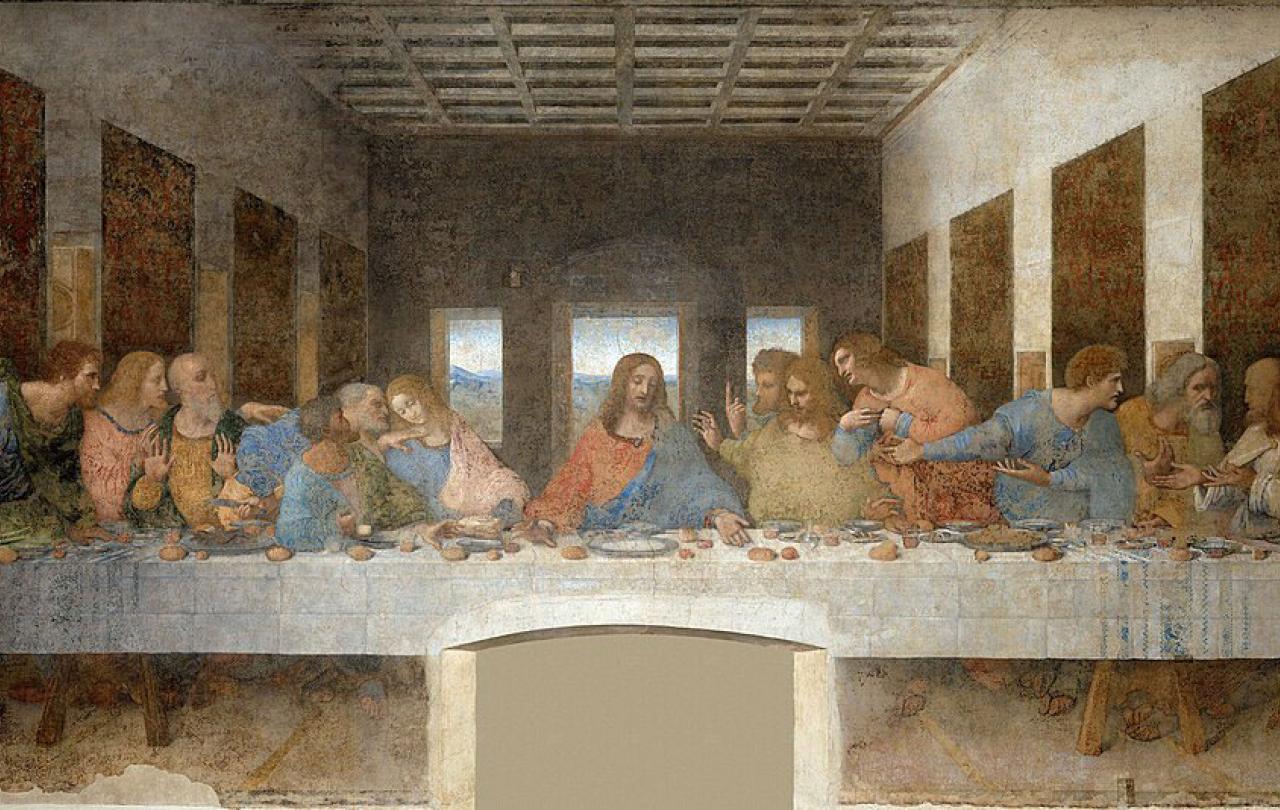Imagine waking up to discover that the whole world is suddenly happy and whole. Overnight, an alien virus has swept the globe, and its effects are astonishing: everyone joins a single joyful hive mind. Everyone is connected. Content. At peace. The anxious inner voice that once whispered fear and worry is hushed. Humanity, it seems, has finally found contentment.
Except, there’s one problem.
While everyone else partakes in this glee, you remain fully yourself. Still anxious, still low, still wrestling with the angst of life. To make matters worse, you’re surrounded by legions of the blissfully enslaved. You’ve never felt more alone.
At first glance, this premise sounds strange, maybe absurd. Yet Pluribus (Latin for “many”), from Breaking Bad creator Vince Gilligan, is devastatingly insightful. Carol Sturka, portrayed with raw emotional precision by Rhea Seehorn, is the most miserable person on Earth.
During “the Joining,” everyone else is absorbed into a harmonious hive mind who self-identify as “we.” They remain fully functional, thoughtful, and emotionally engaged human beings. They are hardline pacifists, utterly convinced they are liberating humans from conflict, negative emotions, and ultimately, from themselves. In their eyes, they haven’t lost anything. They’ve simply traded their individual suffering for collective contentment. Finally, humanity has become what it was always meant to be—happy! Except they can’t quite figure out how Carol, and a few others, remain unchanged.
Oddly, Carol’s incapacity for happiness becomes humanity’s final hope. Her depression, the very thing that weighs her down, is now her superpower. Carol’s misery makes her immune, yet the challenge she faces is unique: How can she convince people they need saving when they’ve never been “happier”?
Many of us are taught from childhood to avoid sadness— “Cheer up, you’re fine.” In a world of inspirational quotes and booming wellness industries, sadness feels wrong. Yet valuing only positive feelings sets an impossible standard. People end up feeling like they must avoid sadness at all costs. It’s no wonder many of us feel ashamed or anxious when we have a bad day. Like the Pluribus hive-mind, cheerfulness is mandatory, and anything less is seen as “broken.”
Ironically, studies show that the societal pressure to feel happy (and never sad) is linked to poorer mental health. Neuroscientists have found that when children grow up in families where emotions aren’t named, noticed, or welcomed, it actually shapes how their brains develop. The regions responsible for managing feelings and handling stress don’t grow as strongly as they should.
When parents respond to a child’s emotions—comforting them when they cry, delighting when they’re happy, sitting with them when they’re sad—it has the effect of watering a garden. Those emotional pathways in the brain strengthen, deepen, and flourish.
But when feelings are ignored, dismissed, or shut down, it’s like a garden left unwatered. The soil dries. Growth stalls. The neural pathways that support healthy emotional regulation don’t develop in the way they were meant to.
The long-term impact can be significant. Children who aren’t allowed to express their feelings often grow into adults who struggle with anxiety, depression, or chronic stress. Their nervous systems learn to stay on high alert, and regulating emotions becomes much harder than it should be.
Sadness in fact reminds us of what truly matters and what gives our life meaning. Far from being purely negative, it can ground us, deepen empathy, and make joy feel more genuine. Hiding or suppressing sadness actually intensifies it; what psychologists call “amplification.”
Feeling happy, then, is not life’s goal, human flourishing is; living well and doing well. The ancient Greeks had a word for it, eudaimonia, often mistranslated as “happiness” but better understood as “flourishing” or “living the good life.” This way of living life and flourishing includes struggle and growth.
This is where Pluribus makes a dramatic point. By eradicating personal pain, the hive mind also erases depth of feeling. Humanity gains perpetual comfort, but at the expense of authentic connection. Carol’s misery keeps her tethered to reality — she is the only one who can remind the Joined of what love and meaning truly feel like, because she alone remembers what it’s like to suffer. In ending world suffering, they’ve also ended love, since real love includes the possibility of loss and suffering.
As Dostoevsky suggested, suffering is not just pain, it is wounded love. Hell, as Father Zossima claims in Brothers Karamazov, “is the suffering of being unable to love.” This is true on a divine level. Because if God cannot suffer, then God cannot love, either.
With Pluribus, Carol’s desolation becomes a form of resistance—an insistence that authentic human experience demands the full spectrum of emotion. She’s not fighting for the right to be happy; she’s fighting for the right to be real. And with the series still unfolding, one question lingers: can Carol save the world from its own happiness? Can her sadness persuade others that real life includes both the highs and the lows?






